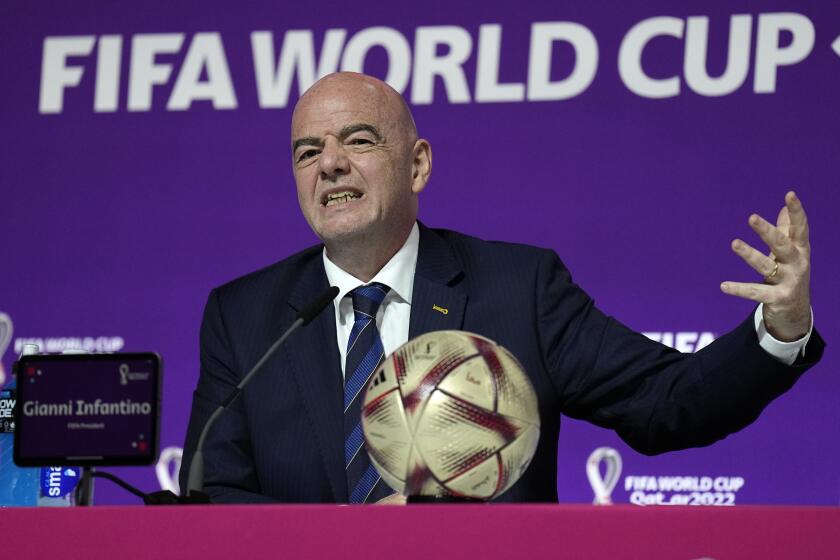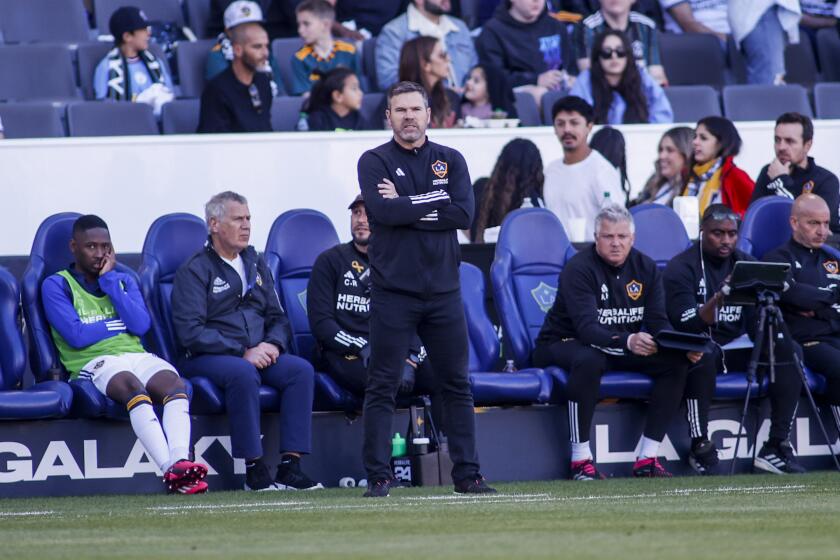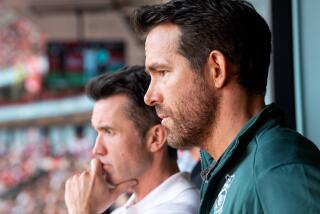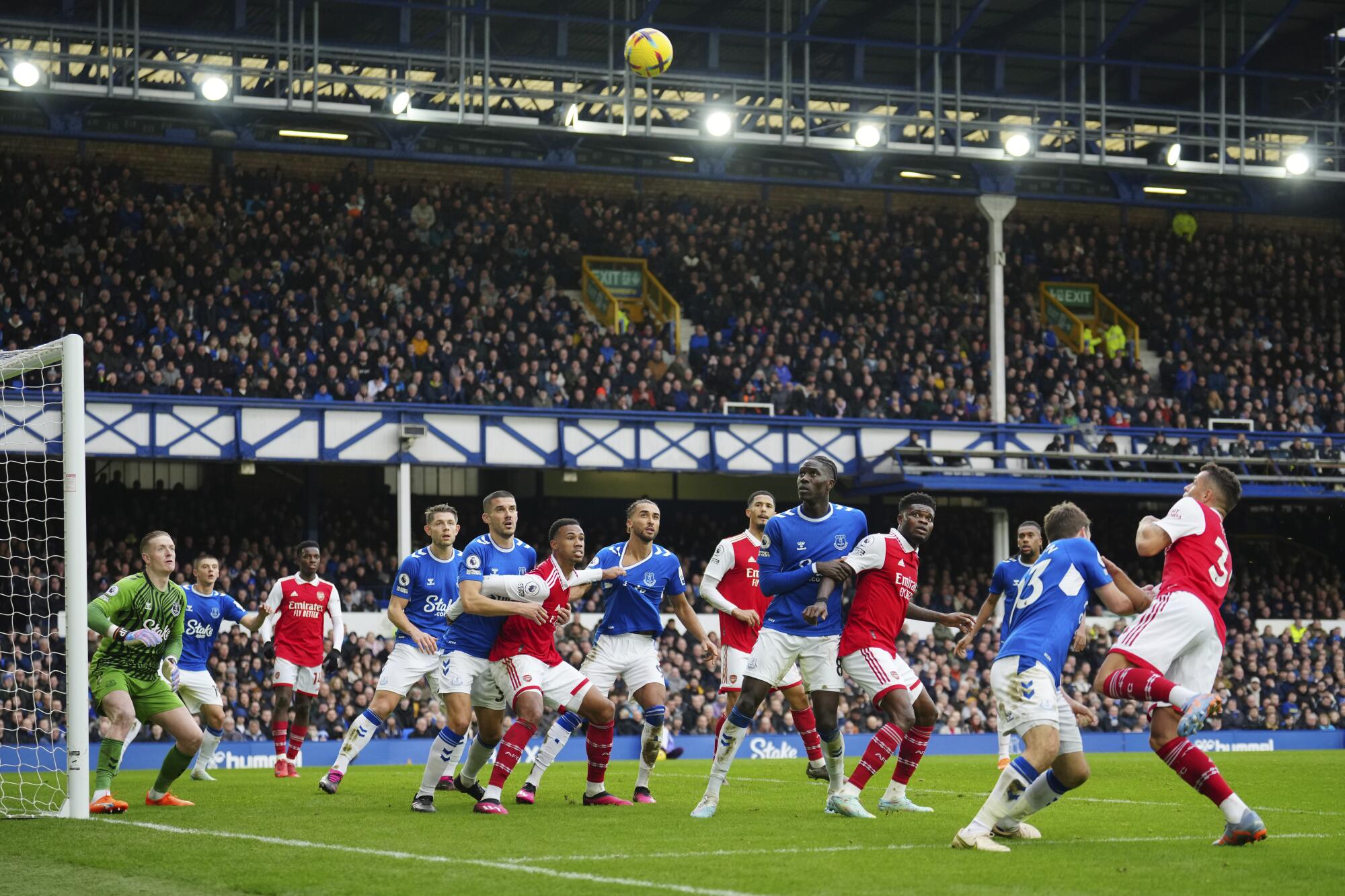
Next season will be Everton’s last at Goodison Park, the iconic club’s Liverpool home since 1892. It might also be the team’s first outside the top tier of English soccer in nearly seven decades, which seems an unfortunate way to close the doors on one of the sport’s most storied venues.
Everton has played at Goodison for 131 years, and for all but three of those years the club was in the first division. As a result, more top-flight games have been played there than at any stadium in England.
But the team is scheduled to move into new digs, two miles away at the Port of Liverpool, in summer 2024, meaning next season will be the club’s last in the Blue Mile — and it’s one the team could spend in the Championship, the second division of British soccer. After Saturday’s 2-0 loss at Manchester United, Everton is 17th in the 20-team Premier League table, leading 18th-place Nottingham Forest on goal differential. With the bottom three teams facing relegation, the Toffees are in position to go down for the first time since 1951.
“For the Grand Old Lady to host Championship football in her final season would be a cruel travesty,” said Elliott Bretland, who has been attending games at Goodison Park since he was 10. “There are 70-year-old Evertonians who have only seen the Toffees play in the elite division. The stadium belongs at the top table, welcoming the biggest teams.”
FIFA president Gianni Infantino continues to court authoritative regimes and look the other way on human rights issues in his relentless expansion quest.
Yet barring a turnaround over the final eight games, Everton’s schedule at Goodison in the stadium’s final season will include matches not with Manchester United, Chelsea, Tottenham and Arsenal but with Rotherham United, Luton Town, Preston North End and Millwall.
“It’s definitely a concern for supporters,” said Alan Feehely, who was born in Ireland and lives in London but has been an Evertonian for all of his 27 years, a trait he inherited from his father. “But I think that most are focused on the day to day — taking each game as it comes and doing their best to [get] them over the line, much as they did in dramatic circumstances last season.”
Last season, the Toffees entered the final month of the schedule in the drop zone but earned 10 points in their final six games to narrowly escape relegation. That kind of finish might be beyond this season’s team, which has just three victories since October, is tied for last in the league in wins with six, and is alone in last with 23 goals.
The Toffees also have had two managers in that time, with Frank Lampard giving way to Sean Dyche in late January. They are the final two of seven managers Everton has gone through since 2019, the last time the team finished in the top half of the table.
During that time, the team has also seen players such as Richarlison, Dele Alli and James Rodríguez come and go, with British-Iranian businessman Farhad Moshiri having spent half a billion dollars on transfers since taking over the club in 2016, only to see the team go backward.
“The club has invested a great deal of money over the past seven years, and they have regressed significantly,” Feehely said. “The board can no longer run the club — the relationship is broken.”
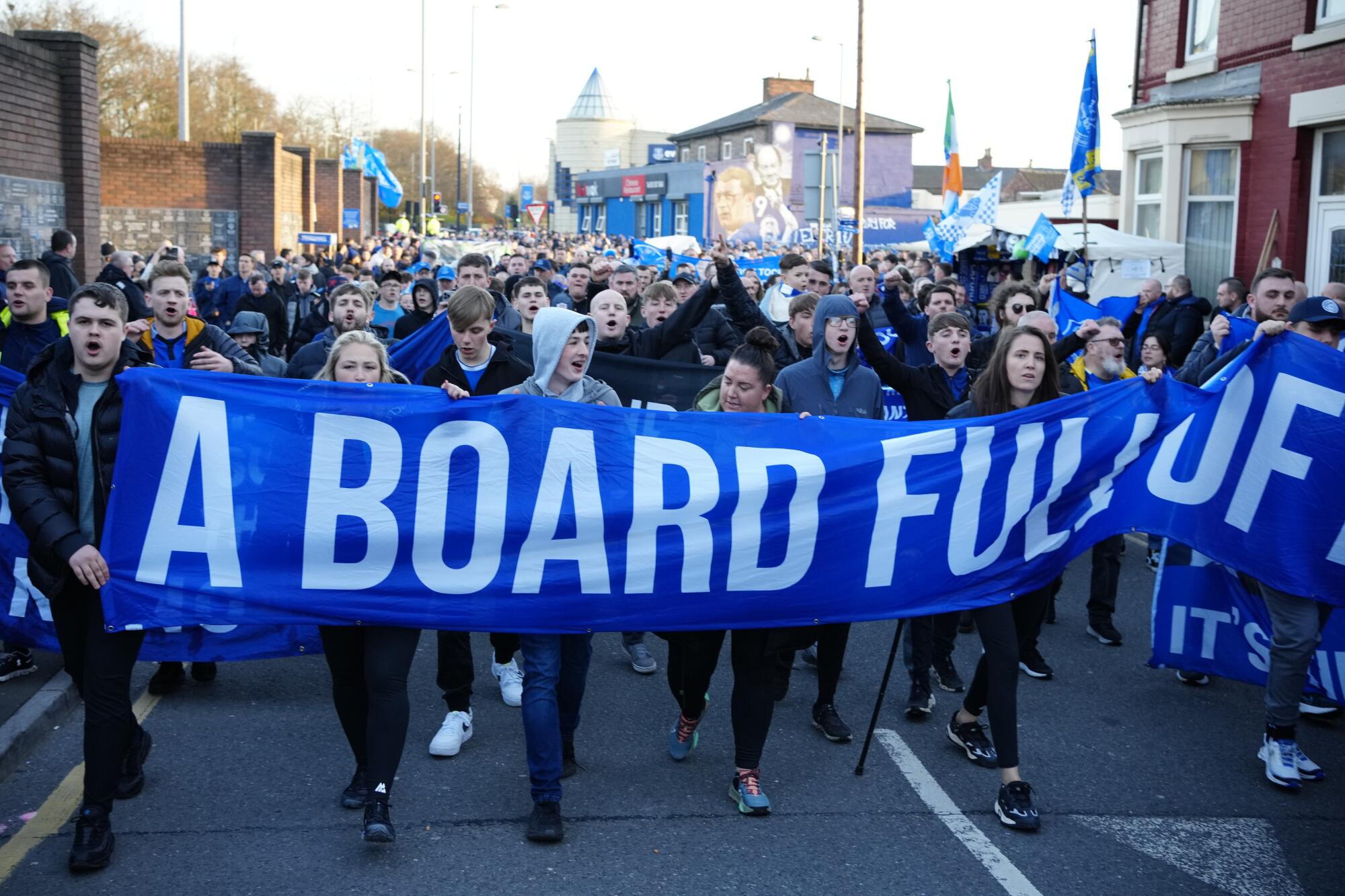
“It is impossible to articulate the pain of relegation from an American sporting perspective.”
— Roger Bennett, the Everton-supporting half of “The Men in Blazers” podcast team
So broken that chairman Bill Kenwright and some fellow board members haven’t attended a home game since mid-January after the team said it received “threats to safety and security” if they showed. Everton hasn’t won a trophy since Kenwright took over in 1999, the longest drought in the club’s long history.
Now it faces an even greater ignominy: banishment to a lower division.
“It is impossible to articulate the pain of relegation from an American sporting perspective,” said Roger Bennett, the Liverpool-born, Everton-supporting half of “The Men in Blazers” podcast team. “Here, you shower your losing teams with No. 1 draft picks and a kinder schedule. In England, they are flung out of the Moon Door and forced to drop down a level with economically devastating effect.”
The move to Bramley-Moore Dock, site of the team’s new $617-million home, will help ease that a bit by creating new sponsorship and revenue opportunities at Everton Stadium — designed by MEIS Architects, the Los Angeles-based firm behind Crypto.com Arena . But how many people will be eager to spend on a second-division team, even if it does play in a new stadium?
The Galaxy are off to their worse start in franchise history. It’s clear a deep and sweeping leadership change is necessary to get back on track.
“This is a crucial time in Everton’s history, and a drop to the second tier could prove disastrous,” said Bretland, a former soccer writer for the Liverpool Echo newspaper and now part of the ToffeeWeb podcast team. “Relegation will hurt a club financially, but fans fear it would damage us for several years if the Blues go down at such a precarious time.
“Everton playing outside the Premier League would leave many supporters feeling flat and apathetic. At the end of the day, they are eager to see a successful team regardless of where it plays its football.”
Yet for all of Goodison Park’s history and grandeur, the dark and dank stadium has become a relic from another era, while Premier League rivals such as Tottenham, Liverpool, Arsenal, Brentford, West Ham and Brighton have either built modern new homes or significantly refurbished their old ones since 2006.
“Everybody is going to miss Goodison Park, but the reality is the stadium is no longer fit for [its] purpose,” said Feehely, who has worked as a soccer writer in Spain, Portugal and Brazil. “To fully integrate themselves into the modern game, Everton needs a new state-of-the-art stadium, and I believe that the general mood amongst Evertonians is more excitement toward moving to Bramley-Moore than sadness at leaving Goodison Park.”
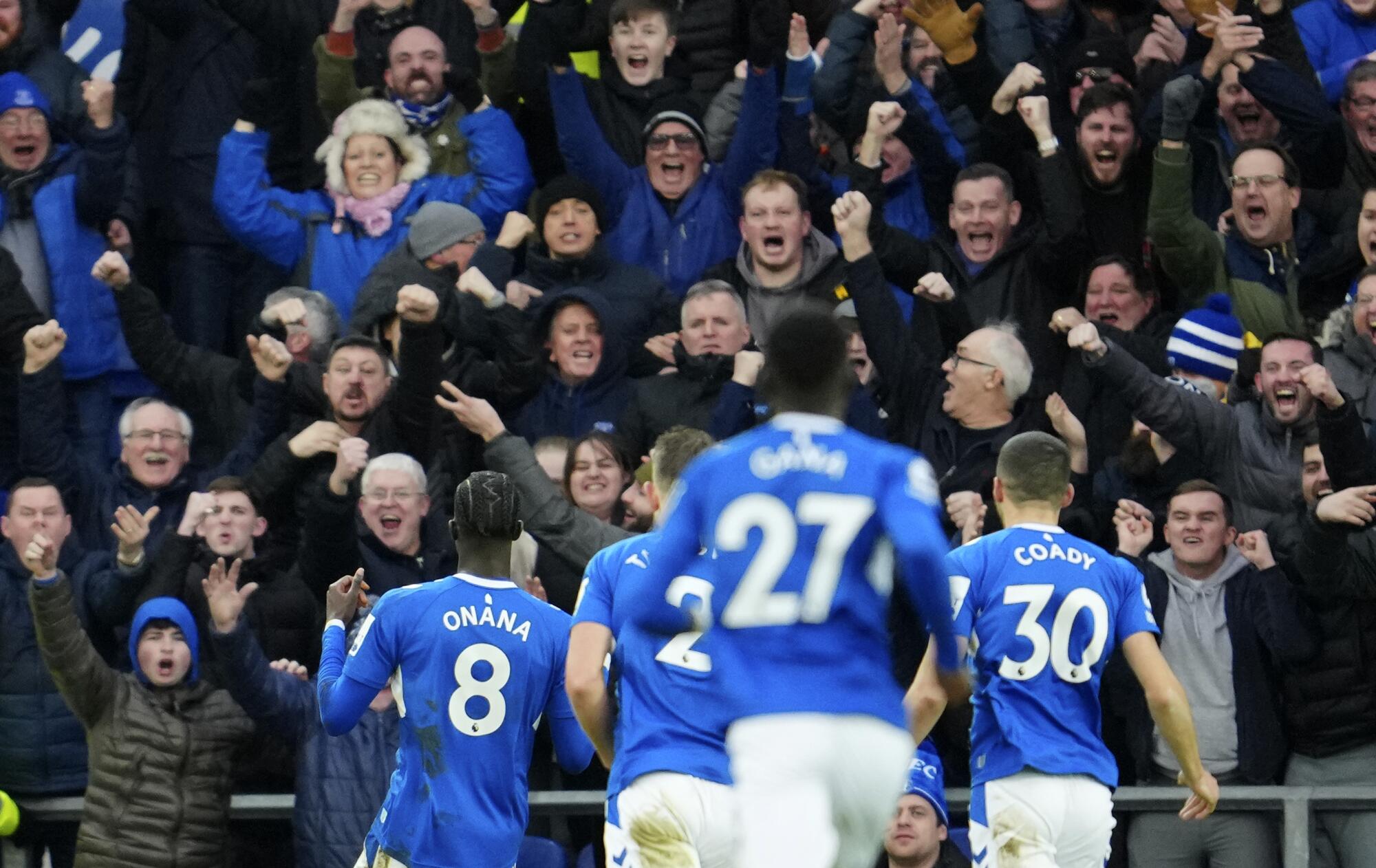
What the move — or even relegation — won’t do, club officials say, is affect Everton’s work in the community. Nearly half the people living in the Blue Mile, the area surrounding Goodison Park, live below the poverty line, and the team has provided a lifeline for many, funding and administering nearly 50 programs dealing with issues from education, dementia and poverty to health, substance abuse and employability. The club even runs its own school and community center.
When the team leaves, the Goodison Legacy project will expand that work, redeveloping the stadium site for community use with housing, healthcare and educational facilities, and a youth zone. That’s partly because Everton’s award-winning charity has its own revenue streams that aren’t affected by where or whom the club plays.
“The true agony is that Everton is a real community club. One that does so much work philanthropically for those in need in the city,” Bennett said. “Whatever happens to us on the field, we have always been true winners off it. And it is the damage to that that I fear the most.”
⚽ You have read the latest installment of On Soccer with Kevin Baxter. The weekly column takes you behind the scenes and shines a spotlight on unique stories. Look for it every Tuesday morning at latimes.com/soccer. Listen to Kevin Baxter on this week’s episode of the Corner of the Galaxy podcast.

